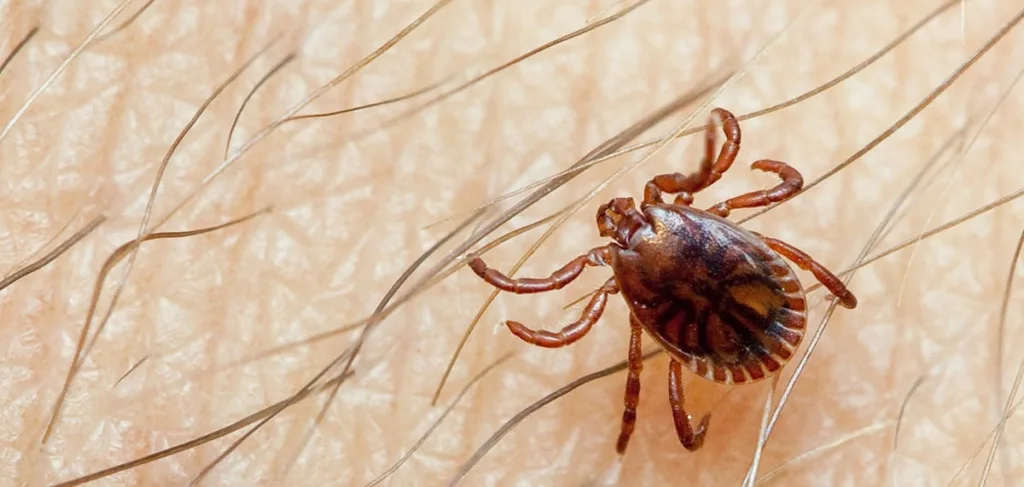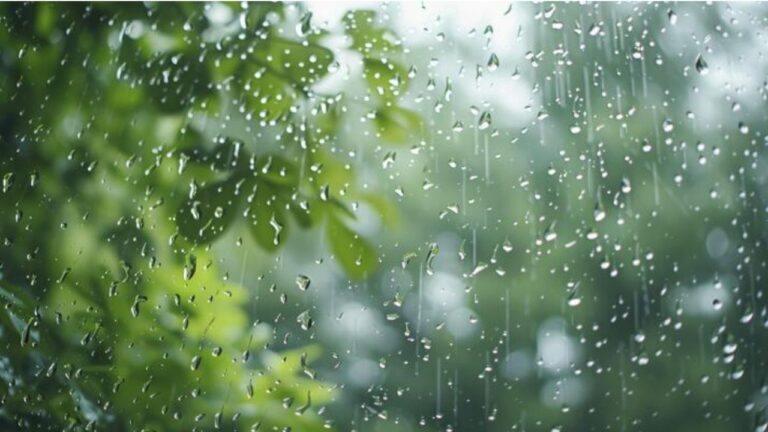
Climate Change Accelerates Spread of Deadly CCHF Virus in Europe (Credit: WHO)
The World Health Organization (WHO) has issued a warning that climate change is playing a significant role in the spread of the deadly Crimean-Congo haemorrhagic fever (CCHF) virus in Europe. CCHF is a viral disease primarily transmitted by ticks, particularly the Hyalomma ticks, and can also be contracted through contact with infected animal tissues.
CCHF Virus: Origin and Symptoms
Originating in Crimea in 1944, the disease was later named Crimean-Congo haemorrhagic fever and has since become a growing public health concern. The virus is endemic to Africa, the Balkan countries, the Middle East, and certain parts of Asia. Outbreaks of CCHF pose a considerable threat due to its ability to cause epidemics and its alarmingly high fatality rate.
The symptoms of CCHF are severe and include fever, muscle aches, headaches, and bleeding. Unfortunately, there is currently no vaccine available for CCHF, making the management of symptoms and the use of antiviral drugs the primary means of treatment in some cases.

Role of Climate Change in CCHF Transmission
Climate change is creating a conducive environment for the spread of diseases like CCHF. Rising temperatures and disrupted climate patterns have expanded the habitats of disease-carrying insects, such as the Hyalomma ticks. These ticks, once confined to warmer regions, are now finding more suitable environments in previously colder areas due to the warming planet.
Additionally, climate change is altering water habitats and influencing animal migration patterns. These changes are leading to increased human contact with infected animals, further facilitating the spread of the virus. As animals move to new regions to adapt to the shifting climate, they come into contact with new populations, allowing the virus to be introduced to new areas.
The consequences of this changing landscape are evident in Europe, where cases of CCHF have been on the rise. The warmer temperatures and shifting ecosystems have created an environment that enables the ticks to thrive and spread the virus more effectively.
Minimizing the Risks: Strategies for Coping with CCHF
To combat the threat posed by CCHF and other emerging diseases, it is crucial for authorities and health organizations to take proactive measures. Surveillance and monitoring of tick populations should be intensified, particularly in areas where they were not previously prevalent. Additionally, public awareness campaigns should be initiated to educate people about the risks and preventive measures against CCHF.
Furthermore, research into potential vaccines and more effective treatments is essential to mitigate the impact of this deadly virus. International cooperation and collaboration between health agencies and research institutions can play a pivotal role in addressing the challenges posed by climate change-driven health threats like CCHF.
Conclusion
The link between climate change and the spread of the CCHF virus in Europe highlights the urgency of addressing climate-related health risks. It is imperative that governments, organizations, and individuals take decisive action to mitigate the impact of climate change and protect public health. Only through concerted efforts and a global commitment to combating climate change can we hope to safeguard ourselves against the threats posed by infectious diseases like CCHF.
Click: WHO






